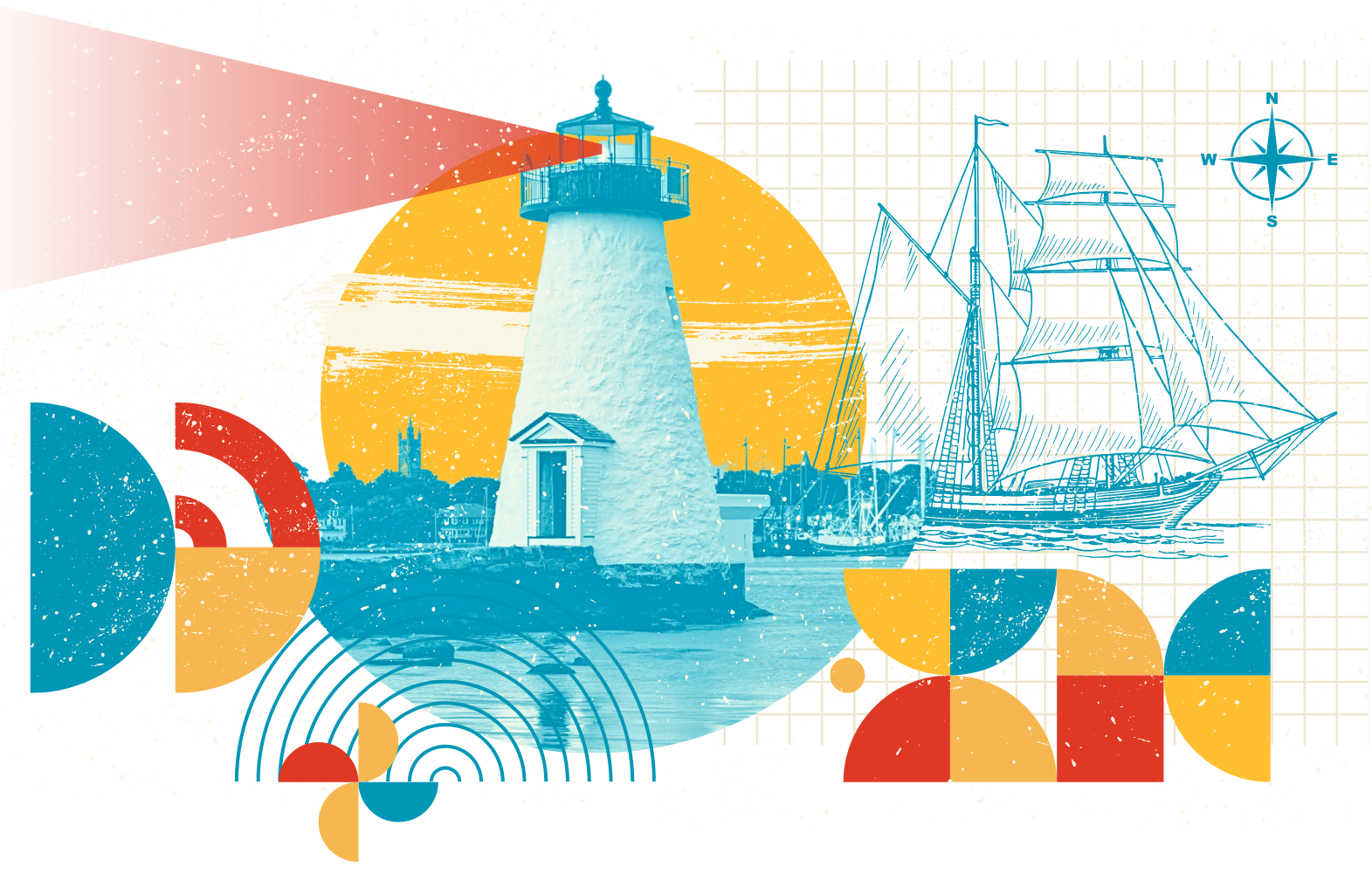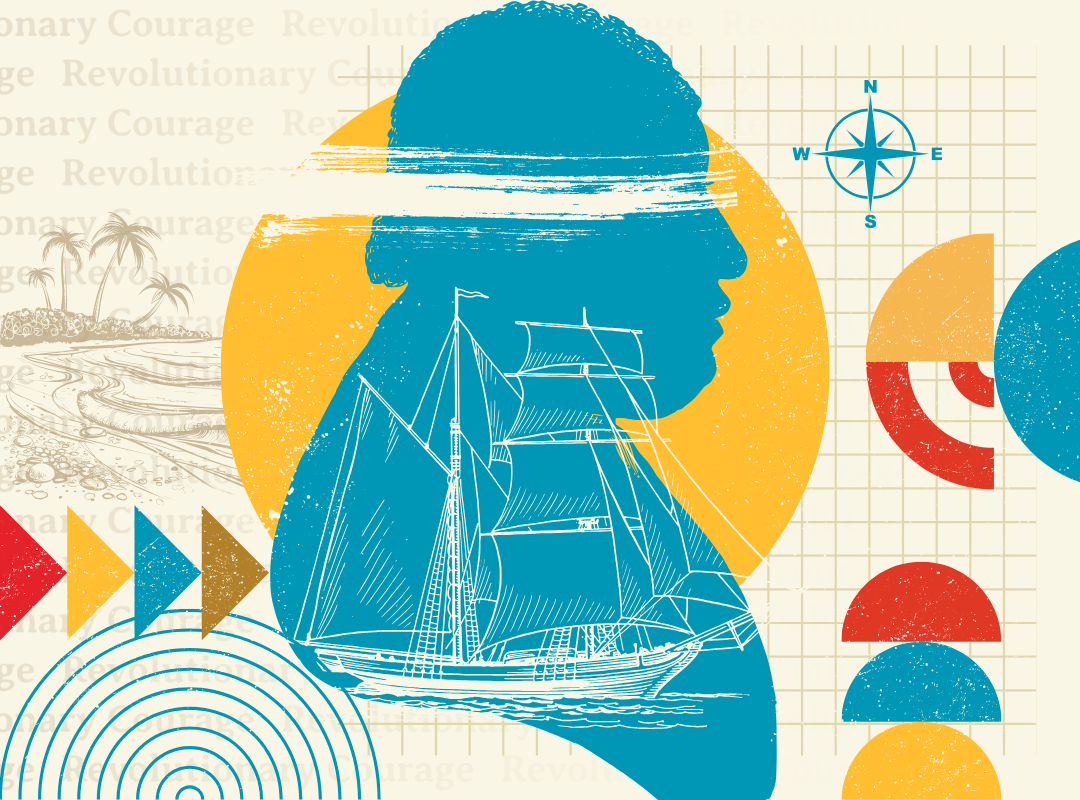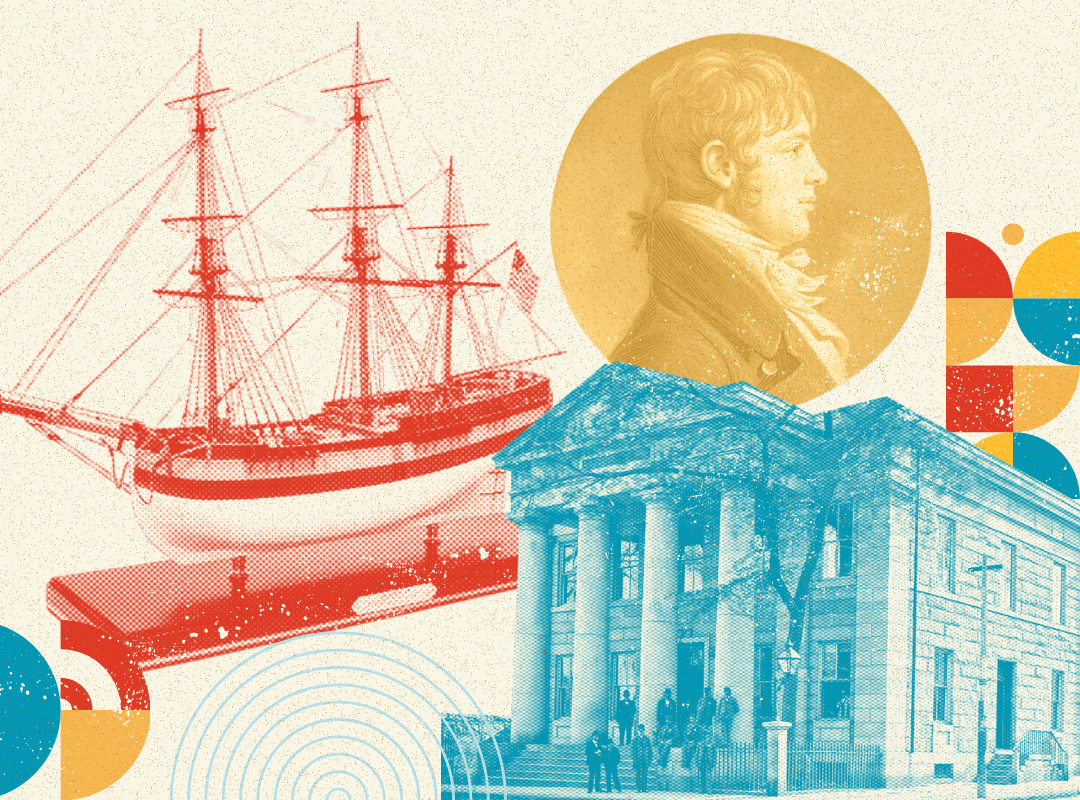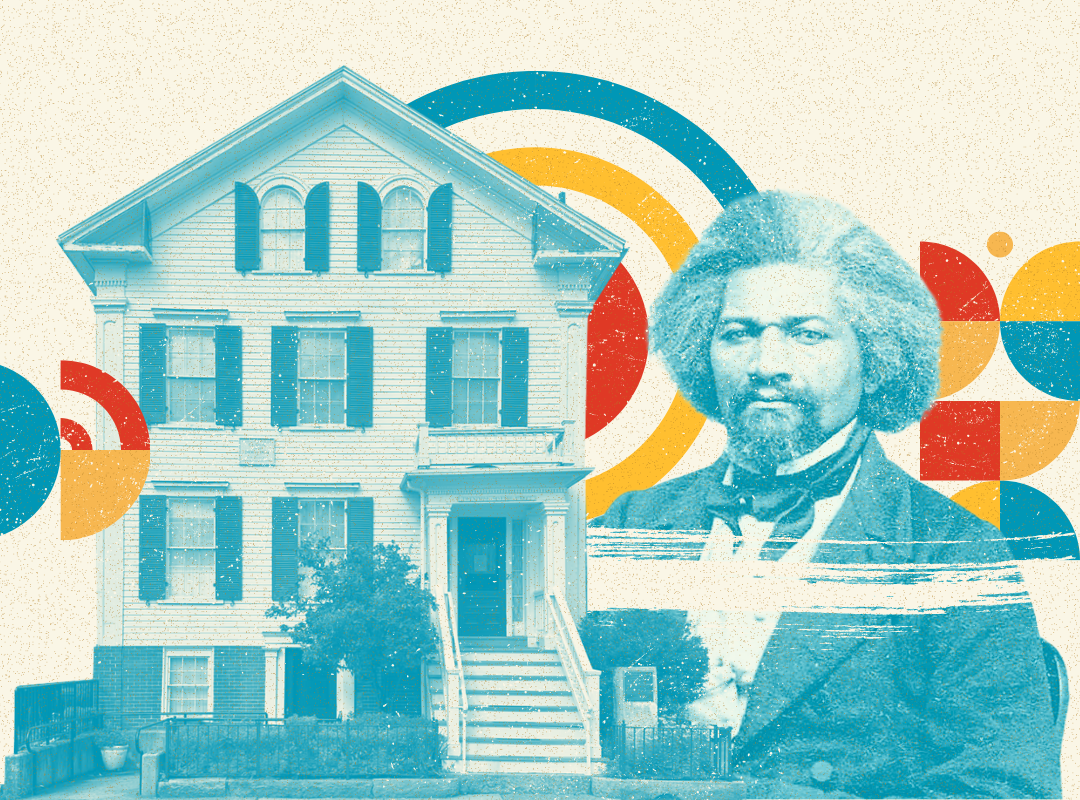Revolutionary Innovation
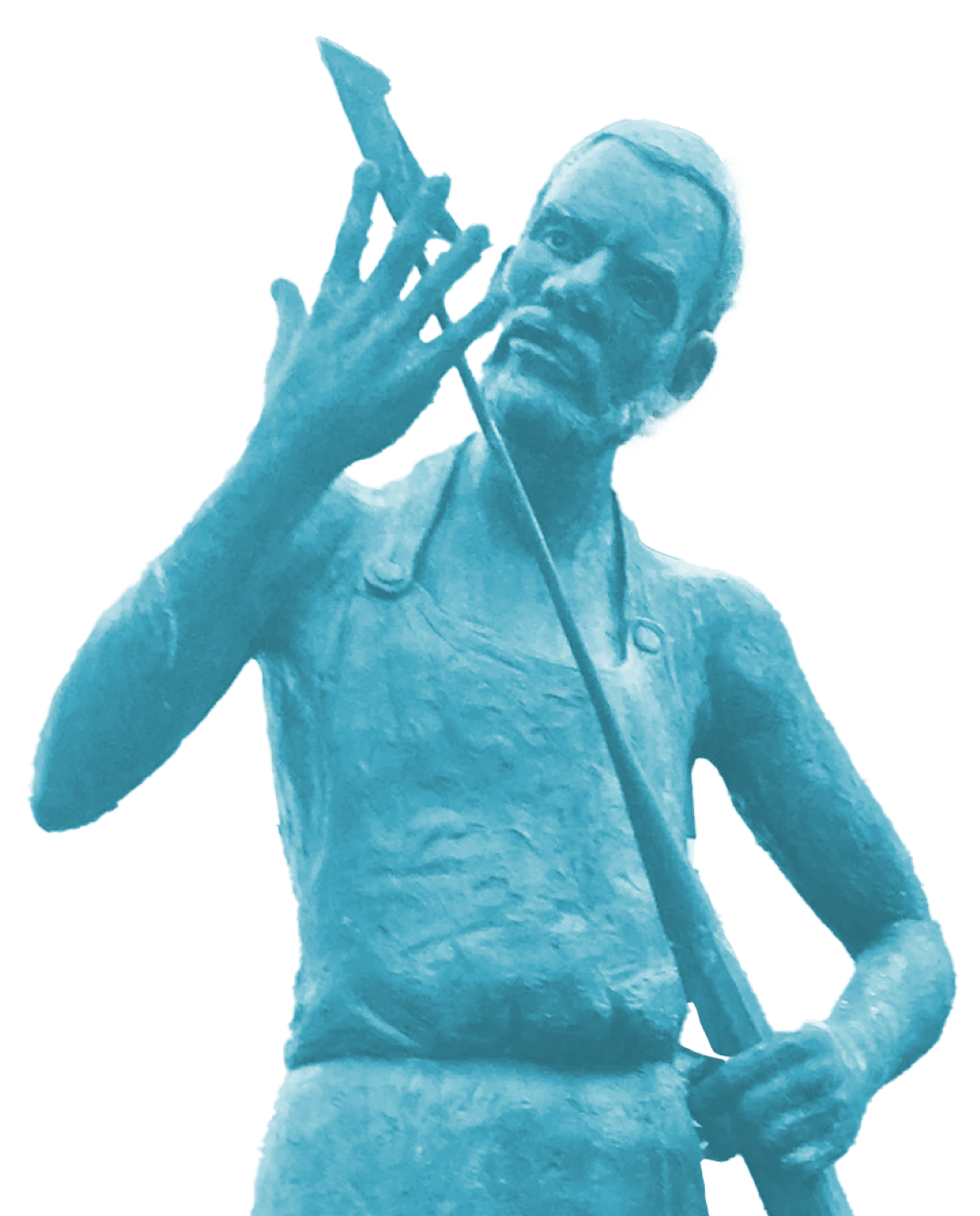


New Bedford was once called the City that Lit the World…
The City of New Bedford was once called “The City that Lit the World,” due to its prominence in the whaling industry, which revolutionized lighting in the 18th and early 19th centuries. The city’s legacy of innovation and creativity continues today, leading the nation with the #1 fishing port by value and recognition as one of the top of artistic cities in the United States. Learn how New Bedford has and continues to Light the Way for generations to come.
Key Moments
Lewis Temple’s Toggle Iron:
Temple, a blacksmith at Coffin’s Wharf at the foot of Walnut Street in New Bedford, is most known for revolutionizing the whaling industry with the invention of the Temple Toggle Iron in 1848, a harpoon with a pivoting head that prevented dislodging during the struggle. Earlier in 1834, he was elected Vice President of the New Bedford Union Society, the then town of New Bedford’s first antislavery society. Visit the Temple monument in front of the New Bedford Free Public Library and see his harpoons inside the New Bedford Whaling Museum.
Robert’s Rules of Order (1863):
During a chaotic 24-hour meeting about port defense in 1863 at the First Baptist Church in New Bedford, Army Lt. Henry Martyn Roberts was motivated to create a guide to parliamentary procedures, a guide still used today. The steeple of the Greek Revival Church served as a landfall for whaling ships and is the only steeple depicted in the City Seal remaining today, thanks to the Waterfront Historic Area League. Now known as the Steeple Playhouse, the building serves as the performance space for the community theater group, Your Theatre, and accommodates other local artists and organizations for meetings and public events.
Fish Island & the U.S. Coast Guard:
From 1876 to 1900, New Bedford was the home of the School of Instruction of the Revenue Cutter Service, predecessor of the United States Coast Guard Academy. Located on Fish Island, cadets of this branch of marine law enforcement trained on the USRC Salmon P Chase, named after the anti-slavery activist who served as Abraham Lincoln’s 24th Secretary of the Treasury. In 1915, the Revenue Cutter Service merged with the U.S. Lifesaving Service, forming the U.S. Coast Guard Academy.
Whaling Industry:
The nature of the booming whaling industry in the 19th century necessitated a rapid growth of industry innovation and provided skill training in the trades required to sustain the industry. It also attracted European settlers, it employed formerly enslaved individuals and immigrants from Portugal, Cape Verde, and the Azores with maritime skills. The Indigenous population of Wampanoag was skilled in fishing and boating and worked in and informed the industry. Therefore, industry innovation created an environment that brought and sustained dynamic cultural diversity to New Bedford, making the city more ethnically varied than New York or Boston. Learn about New Bedford’s culture by visiting the resource guide below.
Catch the Tradition
Take a journey through the history and culture of the United States’ top fishing port, where generations of fishermen have braved the sea to bring fresh catches to our tables.
Continue Your Journey Through History
Experience the Stories in Motion
Dive into our video gallery, where history comes to life through engaging storytelling and visuals.
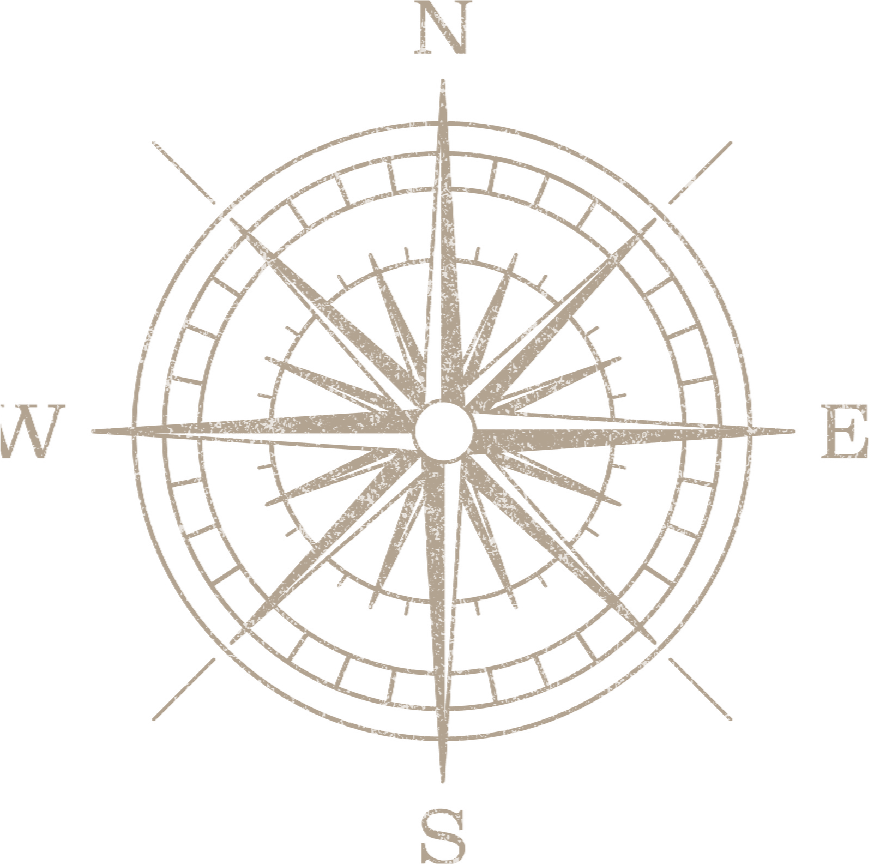
Resources
A hub for recognizing the voices behind these stories and providing key links for deeper exploration of New Bedford’s history.
Explore the stories of individuals and events that have shaped our city's rich history and culture.
